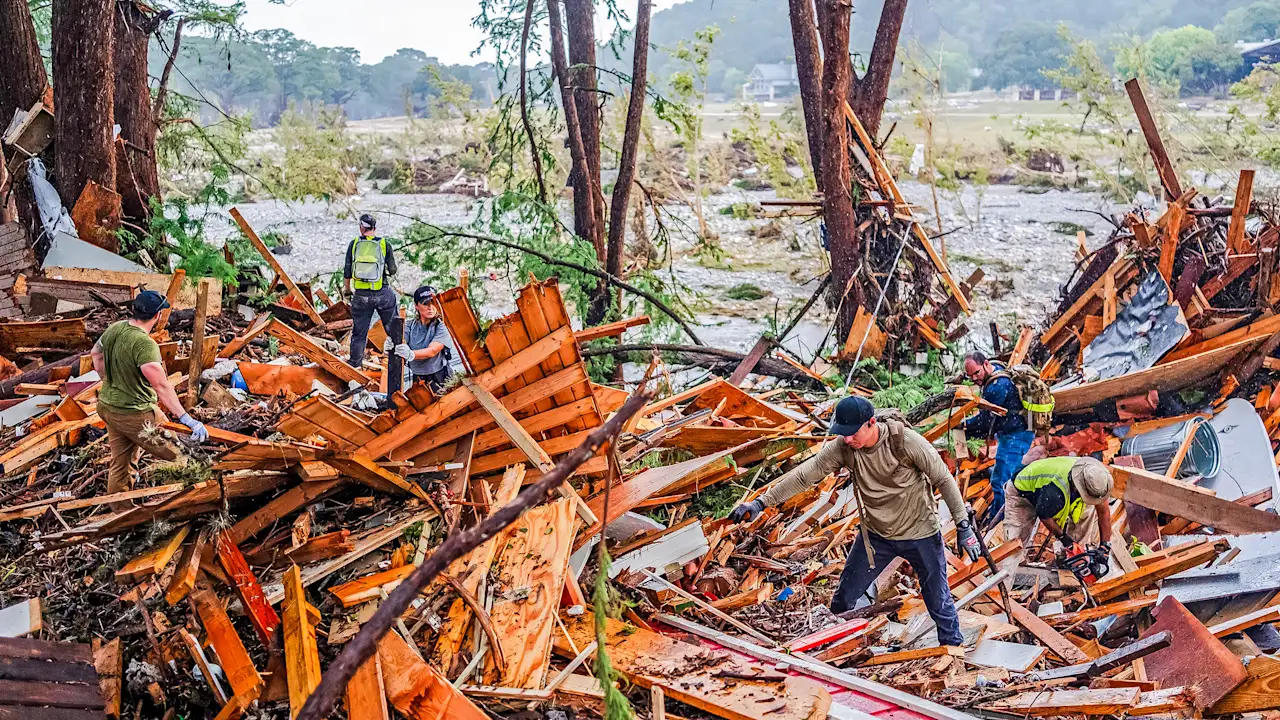Are 1 in 1,000 year floods getting more common?

There have been five “1 in 1,000 year floods” this summer alone in the continental U.S.
Heavy rains have poured over Texas, North Carolina, New Mexico, Illinois, and Florida over the past months causing streets to flood, homes to suffer irreparable damage, and people losing their lives’, loved ones, and pets.
The death toll alone in Texas is at 135 as of July 25, as search efforts begin to end with only three more persons still missing—the result of over three weeks of searching.
The .1% chance of these floods occurring makes their recent frequency alarming. This, coupled with other recent flash floods across major East Coast states like New York, Boston, and New Jersey and projected flash floods to continue in central and southwestern U.S., makes for increasingly unsettling future forecasts.
But are these weather patterns actually out of the norm—or are these floods becoming more common?
How ‘rare’ are 1,000 year floods?
The phrase “1 in 1,000 year floods” comes from the fact that statistically, floods of that intensity and destruction are likely to happen once every 1,000 years (or a .1% likelihood). In 2024, there were 35 1,000-year floods across the U.S. and more than triple that number of 100-year floods, which have a statistical probability of happening 1% of the time.
“As far as I’m aware, if we tracked 1 in 1,000 year flood events over time, you wouldn’t necessarily see a discernible increase in the number of events per year,” says Allie Mazurek, a climatologist at the Colorado Climate Center. “However, on a more general scale, we are expecting to see more extreme precipitation events in a warmer climate.”
An interactive map from the Colorado Climate Center—which is updated in near real-time—tracks high precipitation events across the country. It combines past research and the National Oceanic and Atmospheric Administration Atlas 14, a precipitation frequency data interface, to track high-precipitation events from 2002 to today in every state but Washington and Oregon (their data has yet to be updated on NOAA’s precipitation server).
The data sets visually depict the number of 1,000 year heavy precipitation rates from 2002 to 2024. Each year follows similar patterns and frequency. But that doesn’t mean rainfall and subsequent flooding isn’t intensifying. Mazurek says there are two factors at play for these natural disasters: the frequency in which rain falls, and the intensity: how much it rains in a short amount of time.
According to independent climate research group Climate Central, 88% of 144 locations across all nine climate regions in the U.S. have experienced a 15% increase in hourly rainfall intensity since 1970. Nearly two-thirds of those locations experienced at least a 10% increase or more in the same period.
Mazurek says these trends come down to one primary effect of climate change—humidity.
Rising temperatures create ‘wet’ air
“Essentially, when you have warmer temperatures, that allows more water to exist in the vapor phase, and therefore, you get more water up in the atmosphere,” Mazurek said. “Then when you get a thunderstorm, there is more water available to it when it starts to precipitate and make rainfall. If you’re adding more water to the atmosphere, you’ll get more rainfall as a result.”
Climate Central says that for every single Fahrenheit degree of Earth warming, the air holds 4% more moisture. Give that the Earth’s temperature has risen by roughly two degrees Fahrenheit since the pre-industrial era, there’s simply often more water available to create intense rainfall.
So while the statistical probability of these floods occurring won’t change, their severity could get worse
‘Mitigation and adaptation’
Flash floods aren’t expected to subside anytime soon this summer, with Accuweather meteorologists warning that additional flooding events can be expected due to this summer’s continued trend of high precipitation predictions.
“I think there’s definitely more work that all of us together could work on for extreme rainfall and flood events from meteorologists to emergency managers,” Mazurek said. “We all obviously have more work to do communicating those kinds of events and keeping people safe. I think that is still a very active area of research.”
However, with recent Trump administration changes to climate policy, emergency weather cuts at NOAA, and the dismantling of FEMA, these efforts may become more and more difficult, even as climate-driven natural disasters increase.
“We expect kind of both sides of the extremes to get more extreme,” Mazurek said. “Heavy precipitation, extreme rains, flooding events, as well as drought. They each work off their own feedback.”
What's Your Reaction?
 Like
0
Like
0
 Dislike
0
Dislike
0
 Love
0
Love
0
 Funny
0
Funny
0
 Angry
0
Angry
0
 Sad
0
Sad
0
 Wow
0
Wow
0


























































































